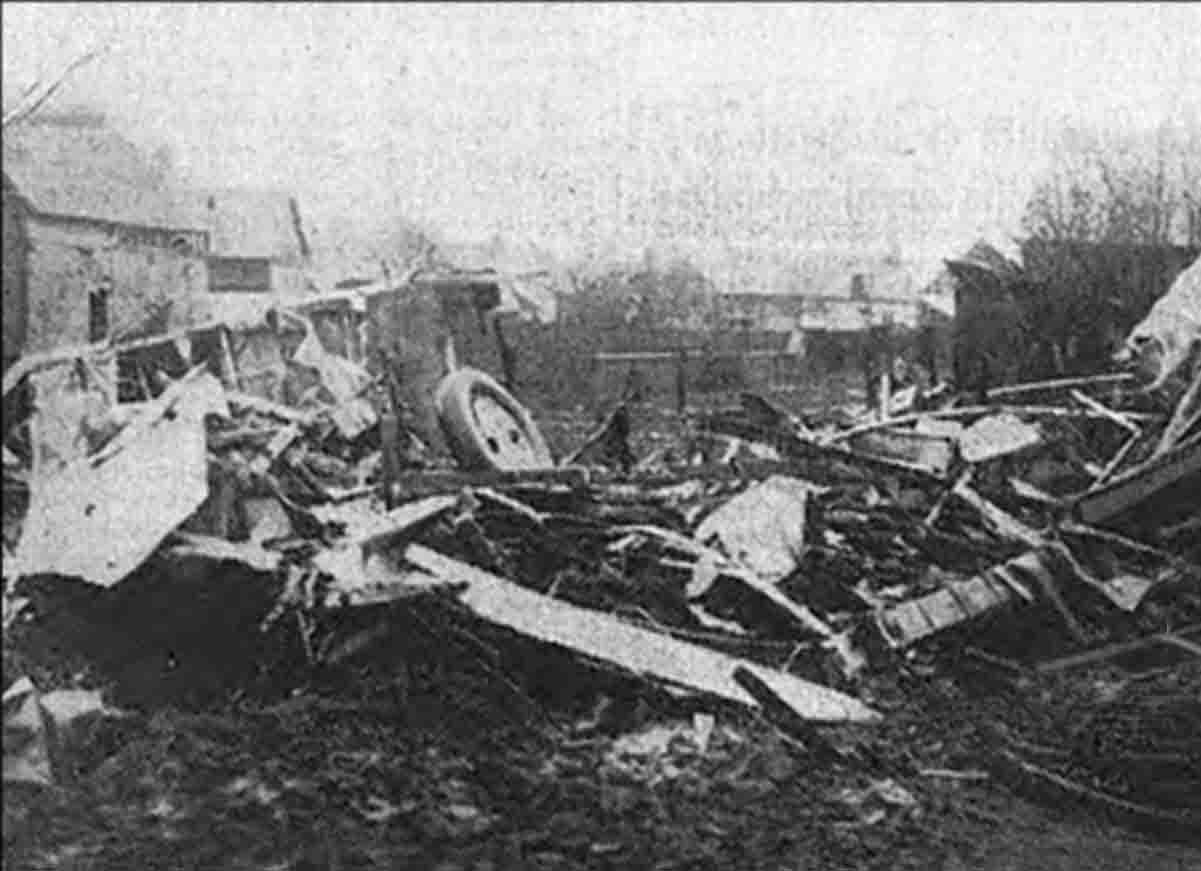American newlyweds Christopher and Mary Yule were coming to the end of their French honeymoon on April 7, 1922. The couple, both employees of a Boston confectioner, had sailed to Europe from New York after their February wedding and were en route to London on their way home. Even though they had already booked train and boat tickets for the crossing to Britain, the Yules at the last moment decided instead to fly across the English Channel. Along with a French passenger, a Monsieur Bouriez, they boarded a Farman Goliath biplane at Paris’ Le Bourget Airport and settled in as the pilot, Jean Mire, took off on Grands Express Aériens’ daily noon service to Croydon, South London. A mechanic sat with the pilot, bringing the airplane’s occupancy to five.
Meanwhile, a British de Havilland D.H. 18A biplane from Croydon was flying south into France, heading to Le Bourget on a scheduled mail run. At the controls was Robin E. Duke, a Royal Air Force lieutenant and also a “composer of some reputation,” as the Associated Press described him. Also on board was a cabin boy, Edward Hesterman.
The weather over northern France was miserable, with drizzle and fog obscuring visibility. Both airplanes were flying close to the ground, following a railroad track to stay on course. At about 1:15 p.m., near the town of Thieuloy-Saint-Antoine, 70 miles north of Paris, witnesses saw both airplanes suddenly emerge from the fog at a height of 500 feet, heading directly toward each other. As the New York Times reported, “Those watching had no time to think before a sinister crash resounded through the air” and the two airplanes “crashed burning to the earth.” All seven people aboard both airplanes were killed in the first-ever mid-air collision between two commercial airliners.
A few eyewitnesses reported that the D.H. 18A had strayed off the generally accepted flight path and was flying too far to the left. Later that month, France, Britain and the Low Countries established defined air routes and ruled that airplanes should always pass each other to the right. As London’s Guardian newspaper reported, “Thus, even in conditions of poor visibility, when two pilots flying in opposite directions were following their land-line closely, the fact that each of them was flying well away to the right of it would prevent any risk of such a collision as that which occurred at Thieuloy St. Antoine”—a collision that took seven lives one hundred years ago in April.
This article originally appeared in the May 2022 issue of Aviation History. Don’t miss an issue–subscribe!






